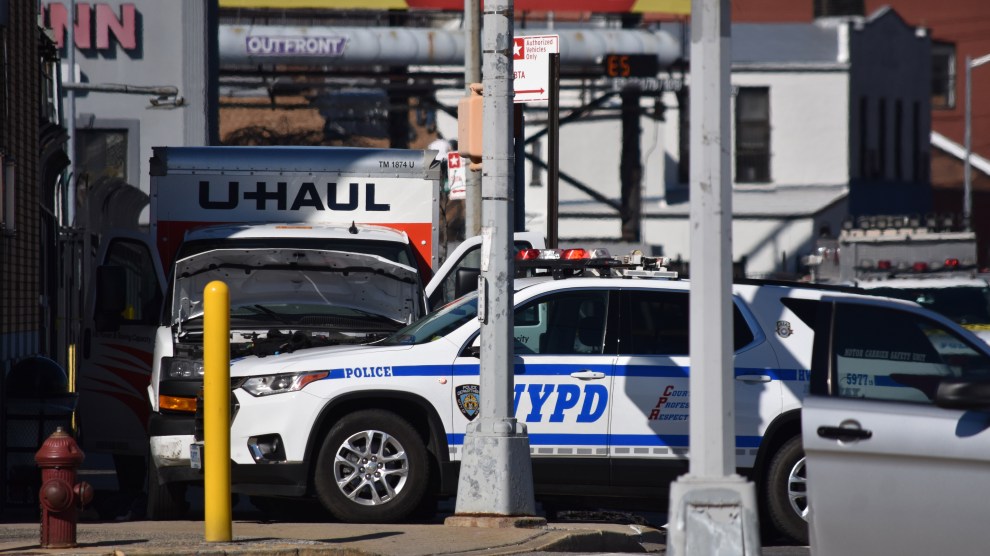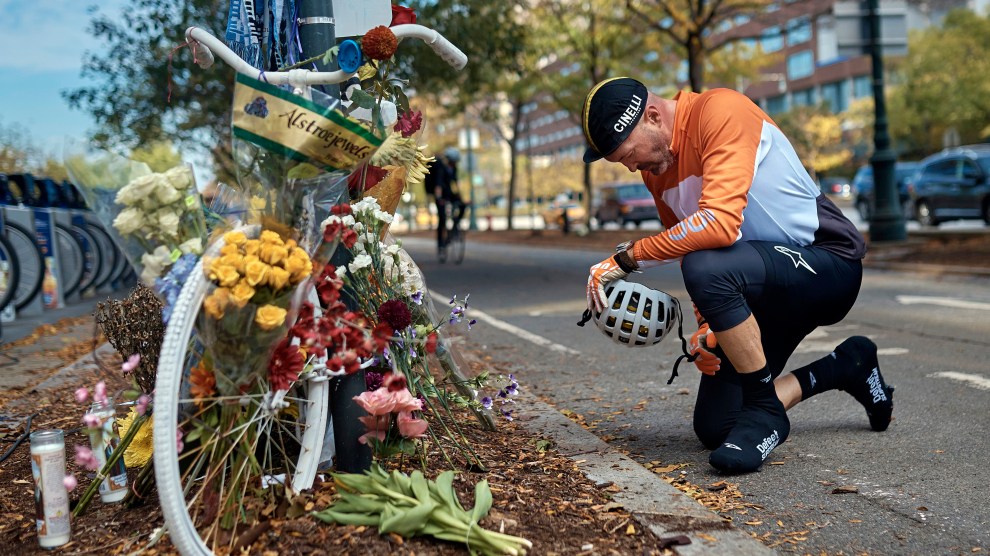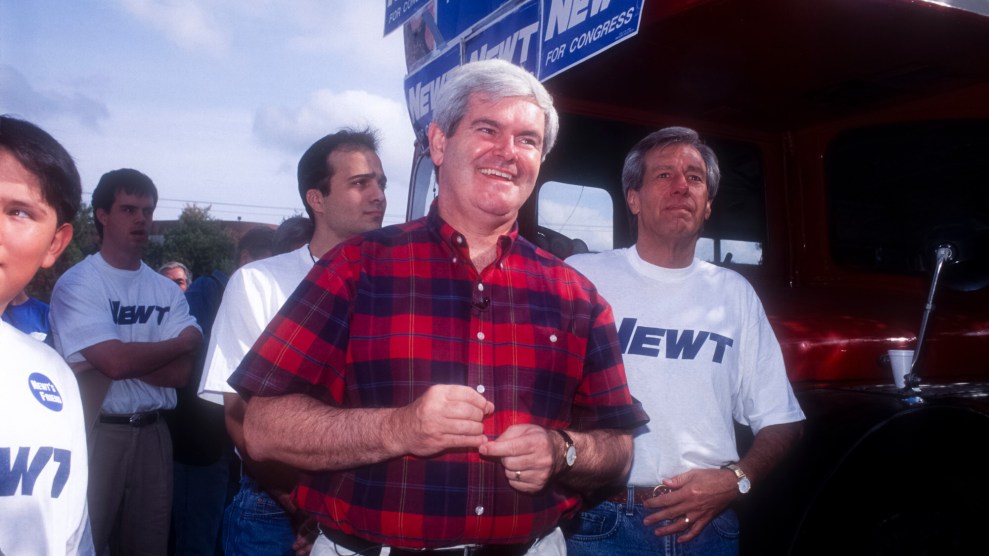
The site of a crash where a UHaul rammed into pedestrians in Bay Ridge, Brooklyn, on Monday.Kyle Mazza/NurPhoto/Zuma
On Monday morning, the driver of a U-Haul in Bay Ridge, Brooklyn, hit and injured eight people, apparently intentionally, in a stunning example of the use of a motor vehicle to inflict harm. Two people are in critical condition, according to authorities. Video from the scene shows the U-Haul careening onto a sidewalk, nearly hitting a pedestrian. The alleged attack comes on the same day that jurors in Manhattan have been asked to decide whether to issue the death sentence to the man who killed eight people with a rented Home Depot pickup truck on the West Side bike path in 2017.
While these incidents differ from the unintentional killings of pedestrians and cyclists that regularly occur in New York City, both types of tragedies bring into question how cities can keep people safe from the large cars and trucks that have come to dominate our streets.
Last year, I interviewed Jessie Singer, the author of There Are No Accidents, whose best friend was killed when a drunk driver struck him on the West Side bike path in 2006. Even though several other cyclists died there in similar crashes, it was not until the terror attack that the city installed cement barricades at the entrances to the bike path to prevent further carnage.
“Accidents and violence are not so different if we look at them not as punishable acts made by bad people, but as preventable harms,” Singer said. “Through this lens, we can actually fix both problems at the same source. The solution to the mass shooting is also the solution to the accidental shooting. The solution to the traffic crash is also the solution to the vehicular terrorist attack.”
So, what is the solution?
Fences and bollards are one option: the “World Bollard Association” Twitter account has no shortage of ideas for how the metal barricades can be implemented to prevent cars from going where they don’t belong.
A longer-term solution would be to decrease people’s reliance on cars, and therefore their availability as murder weapons. As with mass shootings, the important part is not to resign ourselves to the inevitability of road injuries and deaths, but to actively pursue ways to make our streets safer.
But a mindset shift is also necessary. Here is a portion of my interview with Singer, in which she discusses the death of her friend at greater length:
Eric was killed in 2006. He was a 22-year-old New York City high school math teacher, riding his bike on a separated biking and walking path that runs along the west side of Manhattan. He was killed by a driver who mistakenly turned and entered this biking and walking path. That driver was drunk and speeding. He went to prison.
Eleven years later, a different man rented a truck and followed the same route, except this person intentionally turned on to the path. They killed eight people and injured 11 in an act of vehicular terrorism.
Others had been killed on this same path. But every time, before the terrorist attack, the story that was told was “it was an accident,” and the dangerous conditions remained.
After the vehicular terror attack, the city and state blocked every possible entrance to this biking and walking path with steel bollards and cement barricades. They made it impossible for both the accident and the violence to occur.
The point of the accident narrative is to maintain and defend the system as it is, to define the incidents as an aberration, not a predictable result. If we decide that a house fire is an accident, it means the building is fine, the regulations are fine, the laws are fine, and the problem is irresponsible people who let a fire start.
When you internalize the idea that there are in fact pragmatic solutions to things that are often written off as tragic or inevitable it’s hard not to start becoming radical about possibilities for a better, safer world.
















